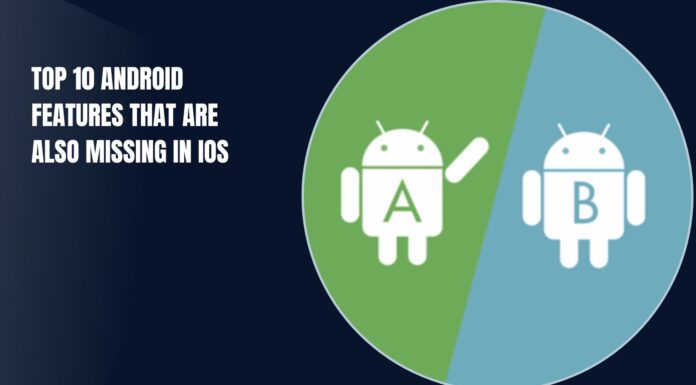Android smartphones suffer a lot of issues, including security concerns, device fragmentation, battery life, overheating, user experience, durability, security, bloatware, software updates and compatibility. Because of the platform’s open nature, security threats such as malware and phishing schemes are a constant risk for Android users. Device fragmentation is another issue, as Android runs on a wide variety of devices, which makes it hard for developers to create apps that work correctly on all of them. Battery life is a key concern, with many users having issues due to big screens, resource-hungry programs, and background operations. Third, software updates are a worry because manufacturers often take a long time to distribute them, leaving devices vulnerable to security flaws and missing out on new features. In general, Android smartphones encounter a variety of challenges.
1. User Experience
The user interface can be difficult for some users, specifically those new to the platform. With so many customization options and settings, it can be difficult for some people to navigate and handle the device properly. While some devices may have simpler user interfaces or lessons, this issue can even create frustration and lower user happiness.

2. Security
Android smartphones are frequent targets for hackers, spyware, and viruses. With millions of apps available on the Google Play Store, it can be hard to guarantee that each app is secure. Even with Google Play Protect, an anti-malware solution built into the Android operating system, some attacks can go undetected through apps and websites. Consumers should be attentive and practice good cyber security, such as only installing apps from reputable sources and keeping their devices updated with the latest security patches.

3. Battery-life
Android smartphones are known for their poor battery performance. With multiple occurrences and apps running in the background the battery can get drained quickly. This issue can be exacerbated further by the battery for specific applications, which can shorten the life of a smaller battery. While many devices include power-saving features, such as battery saver settings, users may need to purchase additional hardware, such as a portable charger, to guarantee their devices remain charged throughout the day. While there have been improvements in battery technology, but still many users deal with poor performance.
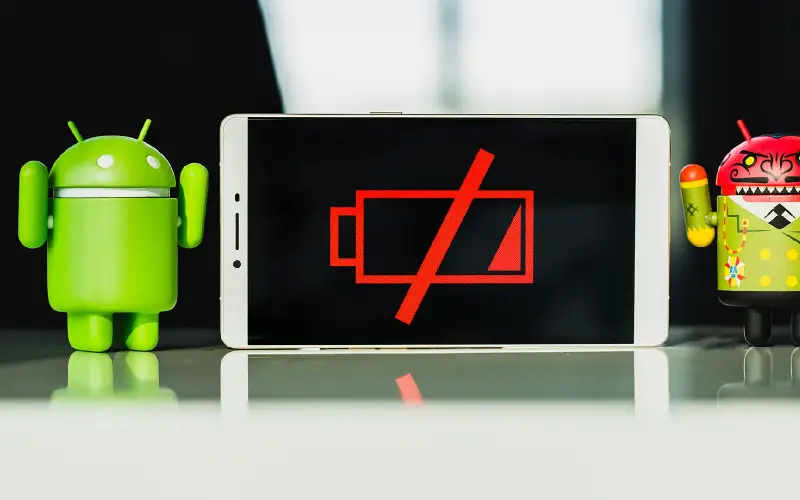
4. Durability
Android smartphones may not be as durable as other type of smartphones and may be susceptible to damage from drops, scratches, and other incidents. These things can be a significant challenge for users who want their device to last a long time without the need for repairs or replacement, as well as for users who have to replace their device due to damage.
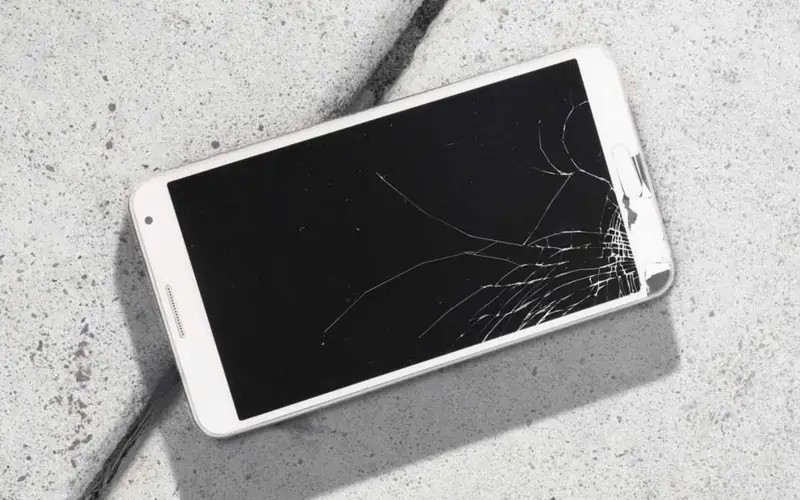
5. Compatibility
Android smartphones may not support specific hardware or software, resulting in device malfunction. This problem is incredibly irritating for users who rely on specialized gear or software for work or personal reasons. Despite the fact that certain manufacturers may publish compatibility lists, not all devices are compatible with every hardware or software. It can also result in a poor user experience, such as the app failing to function correctly or devices unable to connect with each other.

6. Bloatware
Android smartphones come pre-installed with many apps that users may not want or need, reducing storage space and battery life. Bloatware software can be challenging to remove, increasing with users’ frustration. While some device manufacturers allow bloatware removal feature, not all devices support this feature. Bloatware also clutters the home screen, making it difficult for users to find the application they need.
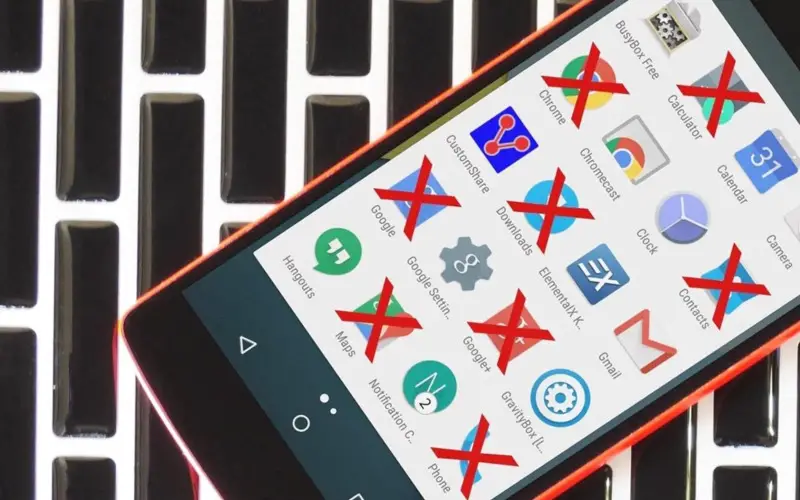
7. Software Updates
Android software updates often get delayed, potentially resulting in security issues and reduced performance. Although Google updates the Android operating system on a regular basis, certain device manufacturers are hesitant to distribute these upgrades for their devices. This problem may cause users to run out-of-date software, which may be prone to security attacks or perform poorly. This issue is also a significant difficulty because updates are required to keep devices secure and updated with the most recent features.
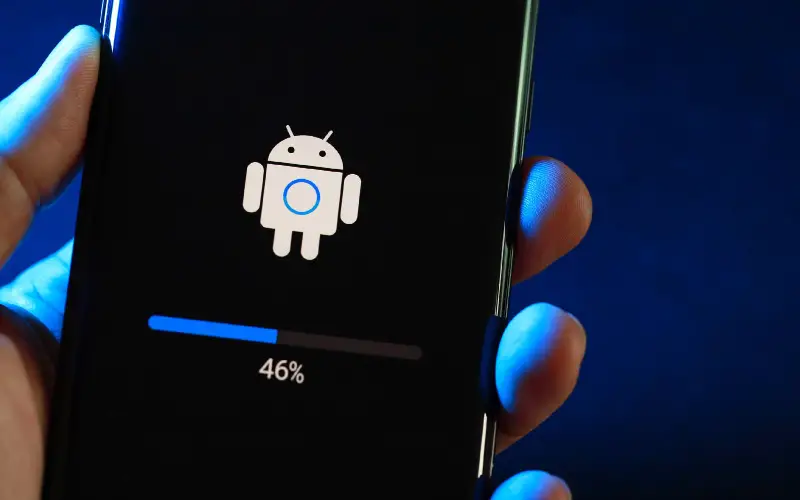
8. Storage
When Android smartphones become more complex and competent, users prefer to store more data on them, resulting in a limited amount of storage. This can degrade device performance and make data management challenging for users. Some devices do not support expandable storage, making it difficult for users to store all of their data and apps on their devices.

9. Performance
Android smartphones face performance issues such as slowdowns or crashes, particularly on older devices or when running resource-intensive apps. With the increased demand for high-quality graphics, video, and other multimedia capabilities, it is possible that Android devices may need to address performance difficulties as they become more capable. These can include slow load times, slow apps, and malfunctions. These issues can be annoying for users, especially when they are attempting to do essential tasks. Due to the complexity of the operating system, they may experience performance difficulties. Manufacturers are responding to this problem by providing more powerful CPUs and optimizing software.

10. Fragmentation
The Android operating system is used by many Android smartphone manufacturers, which can lead to fragmentation issues. As a result, not all devices receive the most recent upgrades or features at the same time. Android is an open-source operating system in which different devices function on various operating systems, causing device manufacturers and operators to switch operating systems, resulting in fragmentation. Smartphones are available in a range of models and versions, making it challenging for app developers to ensure device compatibility. Fragmentation slows updates and causes issues as manufacturers customize the operating system for their hardware. Fragmentation can occur for a variety of reasons, including the availability of various hardware components on separate devices and also the delays in software update distribution by manufacturers, as well as changes in software customization done by the manufacturers. These things can make it more difficult for developers to ensure that their apps work smoothly across devices, resulting in a consistent user experience for Android users. Google has implemented measures such as the Android Compatibility Program, which establishes a set of criteria that device manufacturers must follow to ensure compatibility with the most current version of Android. Google also distributes monthly security updates to fix security issues in earlier versions of Android and urges device manufacturers to release updates on schedule.








